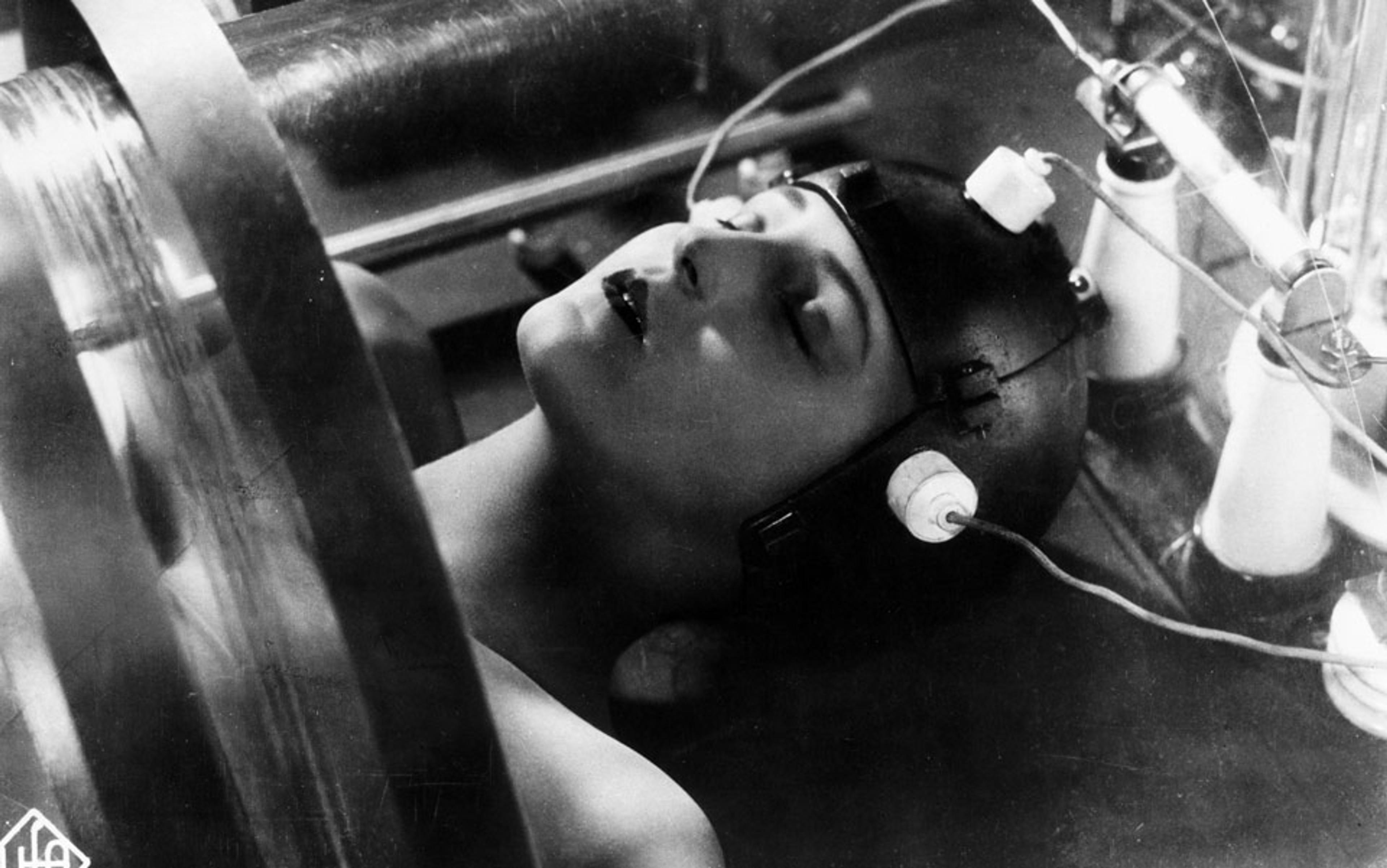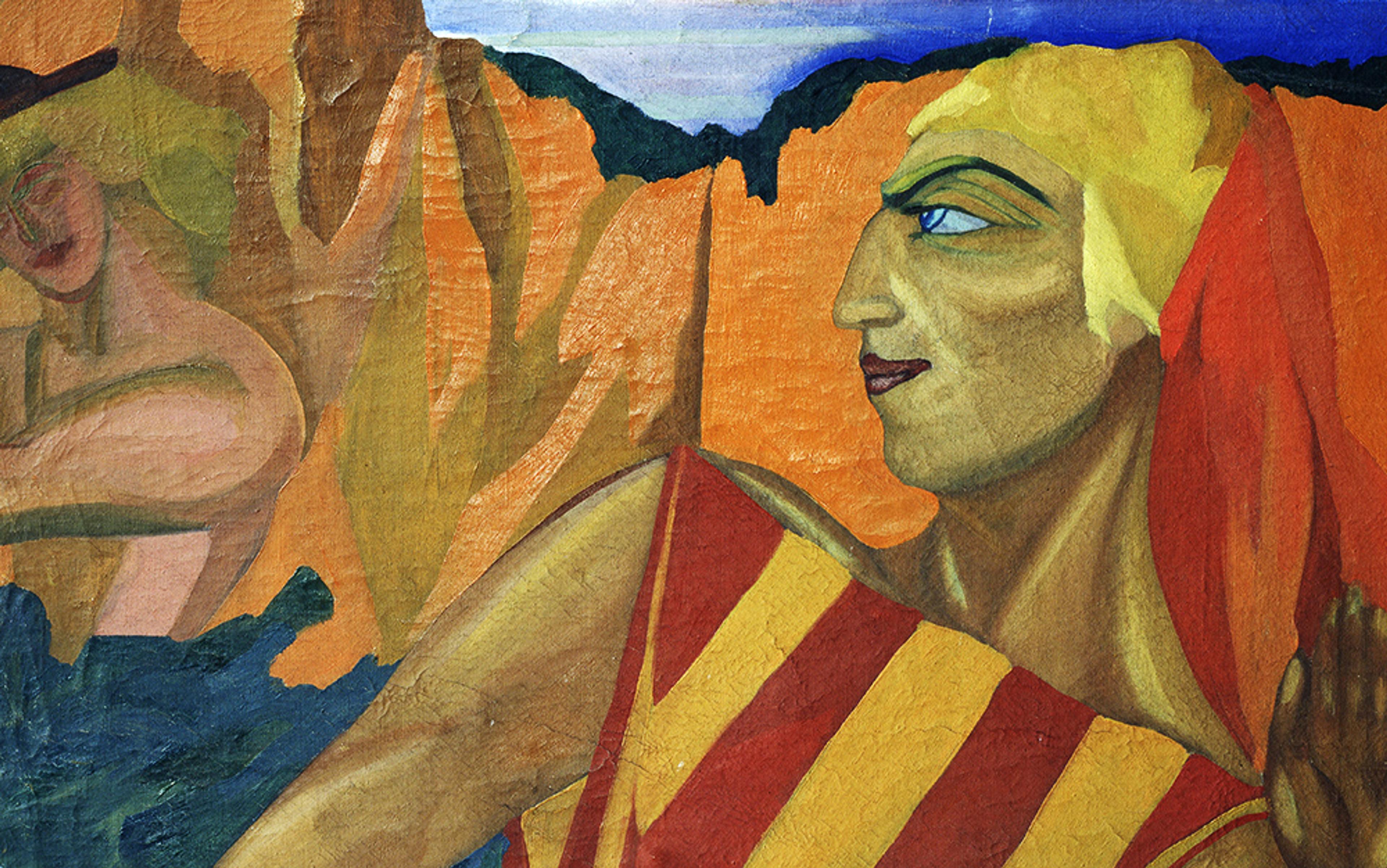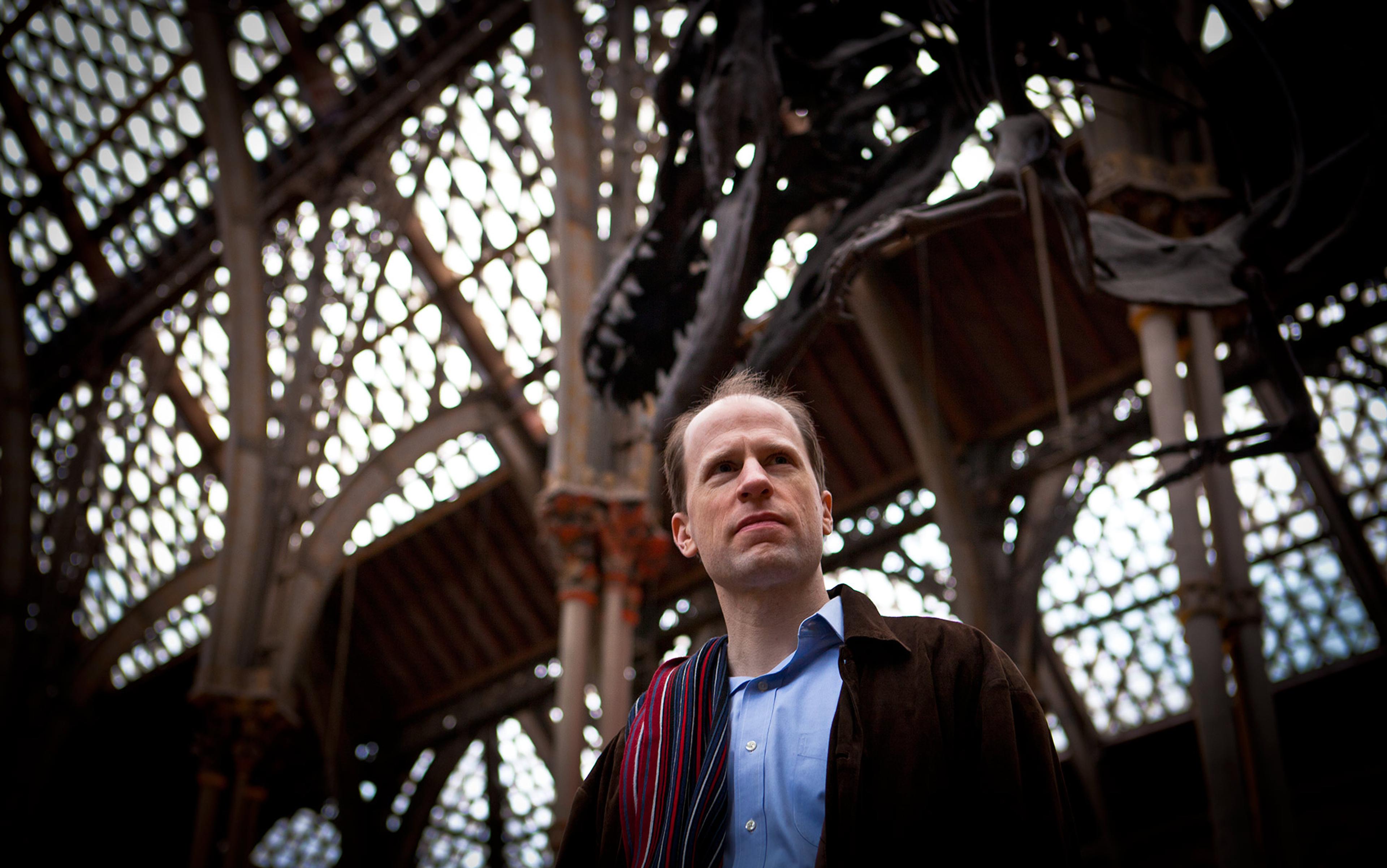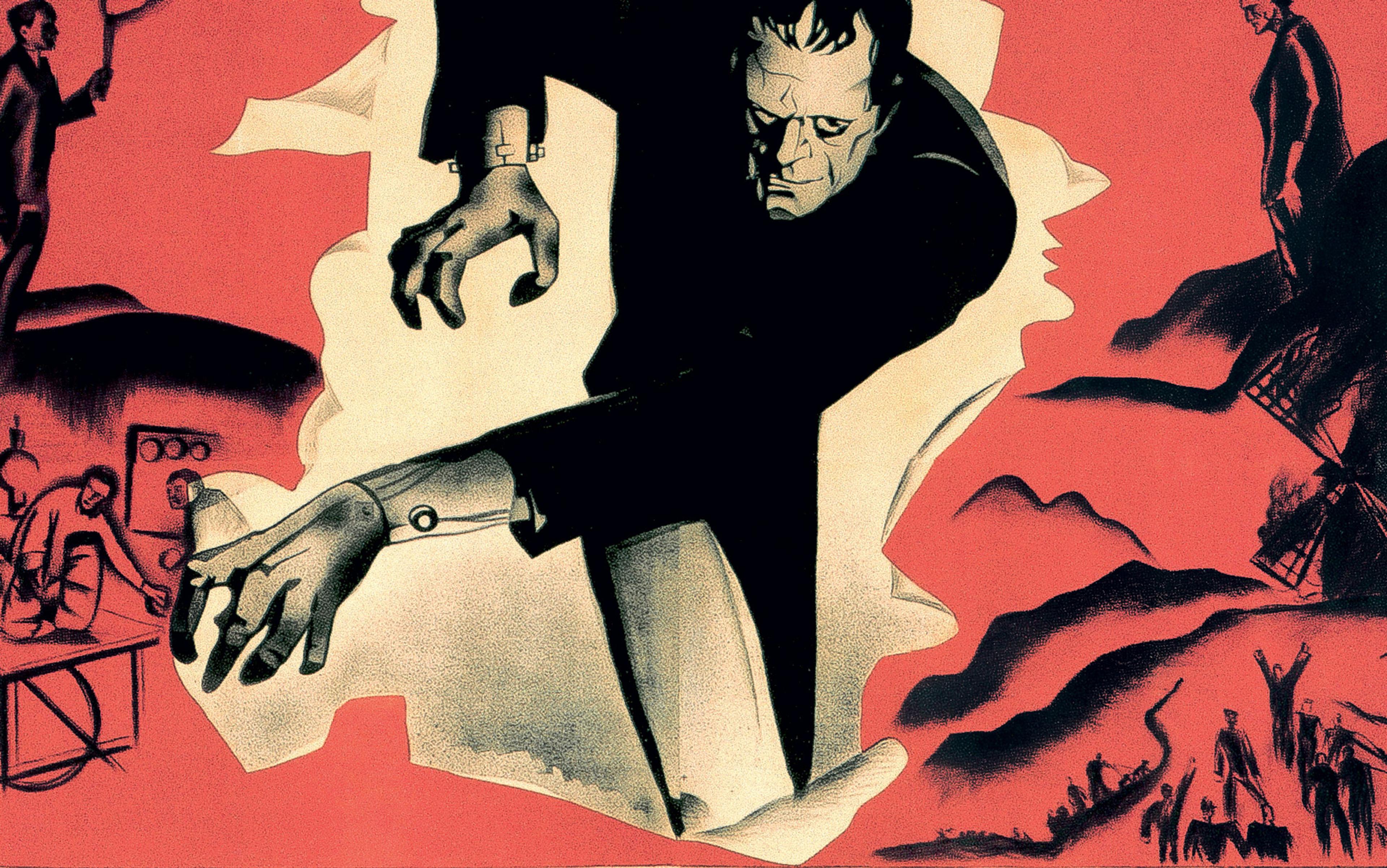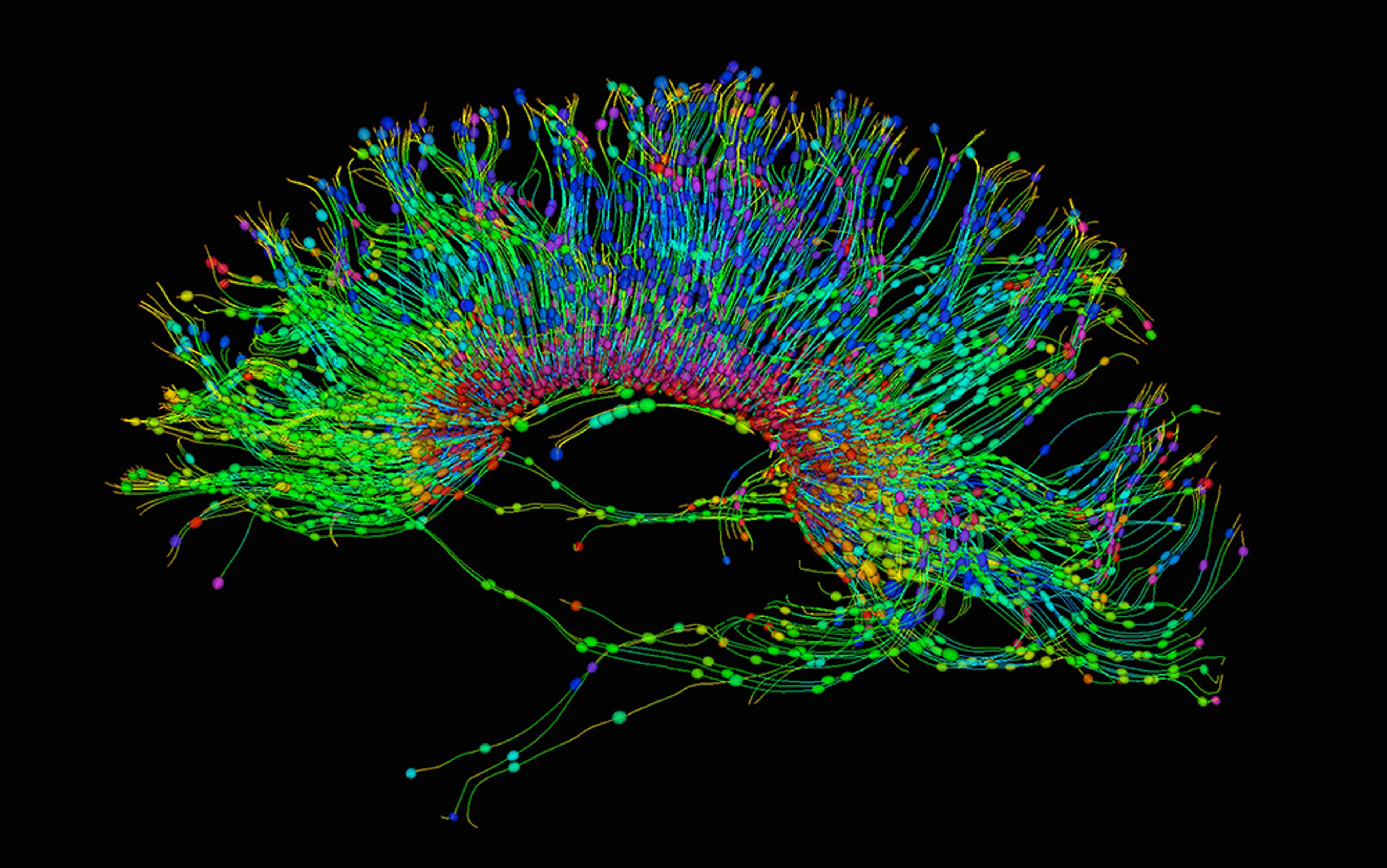Artificial intelligence is arguably the most useless technology that humans have ever aspired to possess. Actually, let me clarify. It would be useful to have a robot that could make independent decisions while, say, exploring a distant planet, or defusing a bomb. But the ultimate aspiration of AI was never just to add autonomy to a robot’s operating system. The idea wasn’t to enable a computer to search data faster by ‘understanding patterns’, or communicate with its human masters via natural language. The dream of AI was — and is — to create a machine that is conscious. AI means building a mechanical human being. And this goal, as supposedly rational technological projects go, is deeply strange.
Consider the ramifications of a conscious machine: one that thinks and feels like a human, an ‘electronic brain’ that dreams and ponders its own existence, falls in and out of love, writes sonnets under the moonlight, laughs when happy and cries when sad. What exactly would it be good for? What could be the point of spending billions of dollars and countless hours of precious research time in order to arrive at a replica of oneself?
Technology is a cultural phenomenon, and as such it is molded by our cultural values. We prefer good health to sickness so we develop medicine. We value wealth and freedom over poverty and bondage, so we invent markets and the multitudinous thingummies of comfort. We are curious, so we aim for the stars. Yet when it comes to creating conscious simulacra of ourselves, what exactly is our motive? What deep emotions drive us to imagine, and strive to create, machines in our own image? If it is not fear, or want, or curiosity, then what is it? Are we indulging in abject narcissism? Are we being unforgivably vain? Or could it be because of love?
As it happens, the modern history of AI began with a kind of flirtatious parlour game. Imagine three rooms, connected via keyboards and monitors that can display text. In one room sits a man. In the second there is a woman. The third room contains a person whom we shall call ‘the judge’. The judge’s task is to decide which of the two people talking to him through the computer is male. The man will try to convince the judge of his own masculinity. The woman will imitate masculinity, doing her utmost to deceive the judge into believing that she is the man.
In 1951, the British computing pioneer Alan Turing observed that, by modifying this ‘imitation game’ slightly and placing a machine in the second room instead of a woman, one thereby created a test for whether that machine possessed intelligence or not. The machine would imitate the man. If the judge couldn’t tell the difference, then the machine was a passable simulation of a human being, which would presumably mean that it was intelligent.
Western literature, ancient and modern, is strewn with mechanical lovers
Turing was gay at a time when homosexuality was illegal in the UK. In 1952, he was arrested for his relationship with a man. It is irresistible to suppose that his imitation game must have reflected something of his own, veiled sexuality: that it is he who is behind the door, both masculine and feminine at the same time, trying to fool the ‘judge’ that is society itself. Or perhaps Turing is the judge, examining the statements of his opposite number for a flicker of mutual recognition, a subtle affinity between kindred spirits. Behind the austere specifications of the famous ‘Turing test’, what fears and desires might lurk?
But machines were objects of erotic speculation long before Turing entered the scene. Western literature, ancient and modern, is strewn with mechanical lovers. Consider Pygmalion, the Cypriot sculptor and favorite of Aphrodite. Ovid, in his Metamorphoses, describes him carving a perfect woman out of ivory. Her name is Galatea and she’s so lifelike that Pygmalion immediately falls in love with her. He prays to Aphrodite to make the statue come to life. The love goddess already knows a thing or two about beautiful, non-biological maidens: her husband Hephaestus has constructed several good-looking fembots to lend a hand in his Olympian workshop. She grants Pygmalion’s wish; Pygmalion kisses his perfect creation, and Galatea becomes a real woman. They live happily ever after.
And so does the story itself. Jean-Jacques Rousseau, Johann Wolfgang von Goethe and William Shakespeare all made use of the Pygmalion myth. George Bernard Shaw would replace ivory with real flesh, ridiculing the notion of men ‘creating’ women according to their whim. Nevertheless, he stuck to the plot: in his Pygmalion (1912), the phonetics professor transforms the bedraggled flower girl Eliza into a duchess and then promptly falls in love with her.
As the 20th century came into its own, Pygmalion collided with modernity and its various theories about the human mind: psychoanalysis, behaviourist psychology, the tabula rasa whereby one writes the algorithm of personhood upon a clean slate. Galatea becomes Maria, the robot in Fritz Lang’s epic film Metropolis (1927); she is less innocent now, a temptress performing the manic and deeply erotic dance of Babylon in front of goggling men.
For Turing and the few others in the 1940s and ’50s who were thinking about thinking machines, literary narratives such as these would have been quite familiar. Indeed, the advent of computers provided an opening through which the imagined stories of the past promised to become technological realities. Instead of a sculptor’s chisel, a new cadre of mathematicians, logicians and programmers would employ abstract symbols, processes, rules and algorithms to etch an artificial being. It was a noble cause, but not without hubris. The Romantic author Mary Shelley had warned in Frankenstein (1818) about the folly of breathing life into dead matter. But romanticism was dead and buried by the 1950s. The world was accelerating towards a future of rockets, spaceships and atomic bombs. Everything seemed possible — even replacing God in Eden, remaking Eve and Adam, and starting creation anew.
The heyday of AI research was the 1960s and ’70s. By the mid-1980s, it had lost its allure, as well as most of its funding. It entered its ‘dark years’, which is where it has remained ever since. The problem, in essence, was that building a conscious machine turned out to be vastly more complicated than the early researchers had expected. To begin with, we don’t really understand what consciousness is, or how it emerges. Critics such as the American philosopher of the mind John Searle took Turing’s imitation game to task: for a machine to deceive a human, they argued, is not enough to make the machine genuinely intelligent. And so the dream of true AI ran aground on the daunting incomputability of intellect. Researchers retreated, refocusing on narrower goals that promised to generate useful, fundable stuff.
Nevertheless, the genie had escaped from the bottle. Imaginary narratives of artificial, intelligent, love-seeking creatures were now written in the new language of computing: think of HAL in Stanley Kubrick’s film 2001: A Space Odyssey (1968), or Commander Data in the 1980s TV series Star Trek: The Next Generation. In the film Blade Runner (1982), Ridley Scott adapted a short story by the novelist Philip K Dick and introduced a future in which ‘replicants’ are a part of everyday life. The scene in which Zhora the rogue replicant stripper dies in slow motion by smashing through successive glass roofs is an unforgettable ode to human self-destruction. Ancient Galatea herself is reanimated in the attractive, post-human Rachael, an ultra-advanced replicant servant of the Tyrell Corporation, with whom the film’s gruff hero (himself an android?) falls, inexorably, in love.
It’s in our grasp: to program our children and our lovers so that they will never fail us, never betray us
The fear of retribution returns as well. Frankenstein’s cautionary tale, embedded in our collective imagination, haunts these computerised narratives of the future. What if AI became more intelligent than us? What if the robots took a look at us and decided that we were pests, to be exterminated? What if the Machine Intelligence Research Institute (MIRI) in Berkeley, California, together with films such as The Terminator (1984) and The Matrix (1999) are right to predict the end of mankind, and our enslavement or replacement by our ungrateful mechanical offspring? Prometheus screams and rattles his chains on Caucasus: beware the vengeance of the gods! Especially the ones you are poised to create!
Then again, isn’t love always uncertain? And isn’t the fear that our children will turn against us also an aspect of love? Partners and children might indeed abandon us, regardless of what good we did for them. But perhaps it doesn’t have to be this way. MIRI suggests that we should embed a fail-safe program in all future AI to prevent them from ever hating us. And doesn’t this look like an appealing option? Since we are the designers of the robots, let us force them to love us, forever and completely. Let us become like Pygmalion and make them perfect. It’s in our grasp: to program our children and our lovers so that they will never fail us, never betray us, so that they remain forever faithful. Perfect love will no longer be elusive. Wasn’t this why we wanted artificial intelligence in the first place?
Steven’s Spielberg’s film AI (2001) is a masterful synthesis of everything that moves us about artificial beings. David is a mechanical boy who wants to be a real boy. Rejected by his human foster mother Monica, he nevertheless continues to love her completely and eternally, just because she triggered his ‘imprinting protocol’. After many adventures, David survives mankind’s extinction well into the distant future. When a race of hyperintelligent robots dig him out of an ice sheet, his only wish is to see his dead mother again. The futuristic robots oblige: they clone Monica using DNA from a lock of her hair. Alas, the clone can only live for one day. David is transported to a reconstructed family home where he will spend this one perfect day with his mother. It will be the happiest day of his life.
As the sun sets, Monica caresses David and tells him that she loves him and has always loved him. She closes her eyes and drifts off to sleep for the last time. David lies down next to her, closes his own eyes, and goes ‘to that place where dreams are born’. The narrator doesn’t have to explain that this is also where David, like the rest of his kind, was conceived.
